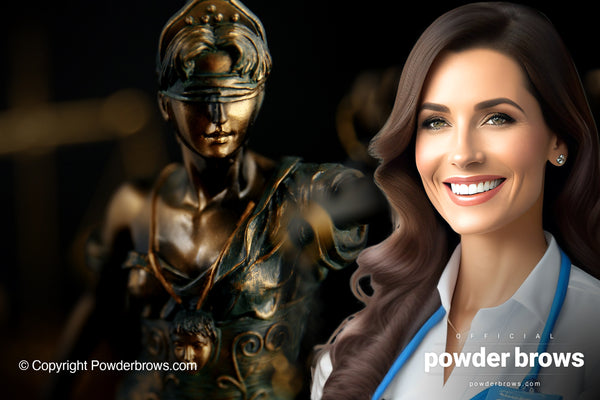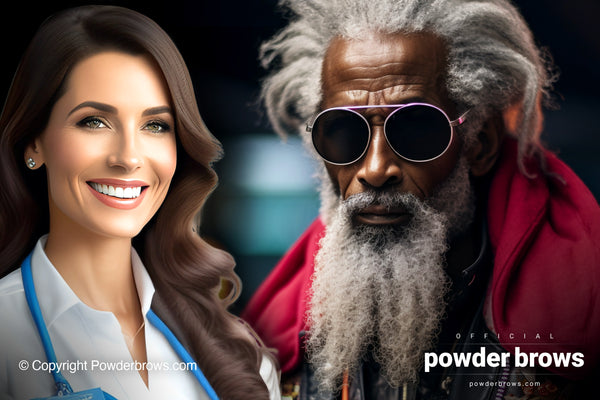3. Laws Regulating Hygiene
Given the regulatory landscape for Powder Brows and microblading, it's no surprise that the rules concerning hygiene are also rather general in nature. In most jurisdictions, the hygiene standards are largely based on broad guidelines or somewhat more specific recommendations rather than strict legal mandates. Below is a quick look at the legal aspects of hygiene in some key regions.
United States
In the US, each state has its own regulations concerning semi-permanent makeup. For instance, California's Safe Body Art Act regulates tattooing, body piercing, and permanent cosmetics. The artist should get licensed by the local health department and comply with hygiene, sterilization, and safe practices. Also, most states require the artists to complete Bloodborne Pathogens and Infection Control training.
United Kingdom
Anyone in the UK who provides semi-permanent makeup services must register with their local council. This includes compliance with The Health and Safety at Work Act 1974 and other local bylaws. The local council will inspect the premises, and if they meet health and safety standards, they will issue a special treatment license.
European Union
Regulations in the EU can vary by country. For example, in France, the use of tattoo materials is regulated under the Public Health Code. The practitioner must declare his activity to the Regional Health Agency. In Germany, the operator must ensure compliance with the statutory accident insurance and prevention regulation for biological agents and the hygiene regulation for the operation of tattooing and piercing studios.
Asia
In Asia, the rules can be diverse. For example, in Singapore, cosmetic treatments, including semi-permanent makeup services, are regulated by the Ministry of Health. A license is required, and artists must comply with health and safety regulations. In Japan, only medical doctors were traditionally allowed to tattoo skin, but the law has been interpreted more loosely to allow certain cosmetic procedures.






